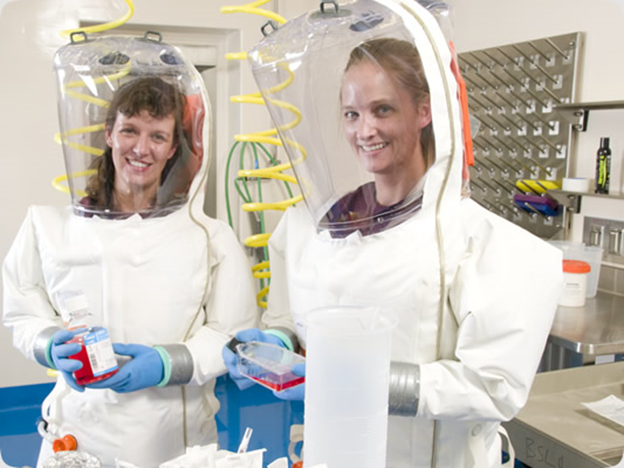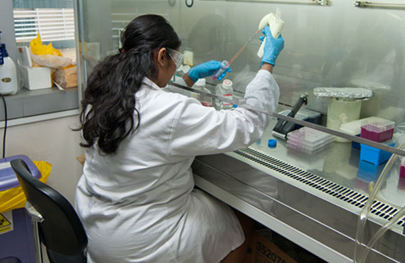Category “C” Biological Agents are the third highest priority biological agents that present no immediate security and public threat because they are still evolving microbes. They are biological agents which at the moment do not present a high risk of bioterrorism to the general public but on the other hand could materialize as potential biologic threat in the future.
Agents in Category “C” are referred to as emerging pathogens with a potential for high morbidity and mortality, and information regarding their epidemiology and pathogenicity is still arcane because they are emerging diseases.
Though they have not been previously used in bioterrorism as some agents in Categories “A and B”, biological agents in Category “C” can be easily accessed due to their availability and ease of production and dissemination; and these can be genetically engineered to produce potent biologic material for mass destruction in human or animal population.
Examples of biological agents in Category “C” include:
- Severe acute respiratory syndrome (SARS).
- Hantaviruses.
- Influenza A (H5N1).
- Nipah virus.
- HIV/AIDS.
- Multidrug resistant tuberculosis.
- Mycotoxin-producing fungi.
References
Aschengrau A and Seage G.R (2013). Essentials of Epidemiology in Public Health. Third edition. Jones and Bartleh Learning,
Aschengrau, A., & G. R. Seage III. (2009). Essentials of Epidemiology in Public Health. Boston: Jones and Bartlett Publishers.
Castillo-Salgado C (2010). Trends and directions of global public health surveillance. Epidemiol Rev, 32:93–109.
Centers for Disease Control and National Institutes of Health (1999). Biosafety in Microbiological and Biomedical Laboratories, 4th edn, Washington DC: CDC.
Guillemin J (2006). Scientists and the history of biological weapons. European Molecular Biology Organization (EMBO) Reports, Vol 7, Special Issue: S45-S49.
Halliday JE, Meredith AL, Knobel DL, Shaw DJ, Bronsvoort BMC, Cleaveland S (2007). A framework for evaluating animals as sentinels for infectious disease surveillance. J R Soc Interface, 4:973–984.
Nelson K.E and Williams C (2013). Infectious Disease Epidemiology: Theory and Practice. Third edition. Jones and Bartleh Learning.
Porta M (2008). A dictionary of epidemiology. 5th edition. New York: Oxford University Press.
Rothman K.J and Greenland S (1998). Modern epidemiology, 2nd edition. Philadelphia: Lippincott-Raven.
Rothman K.J, Greenland S and Lash T.L (2011). Modern Epidemiology. Third edition. Lippincott Williams and Wilkins, Philadelphia, PA, USA.
Discover more from Microbiology Class
Subscribe to get the latest posts sent to your email.





